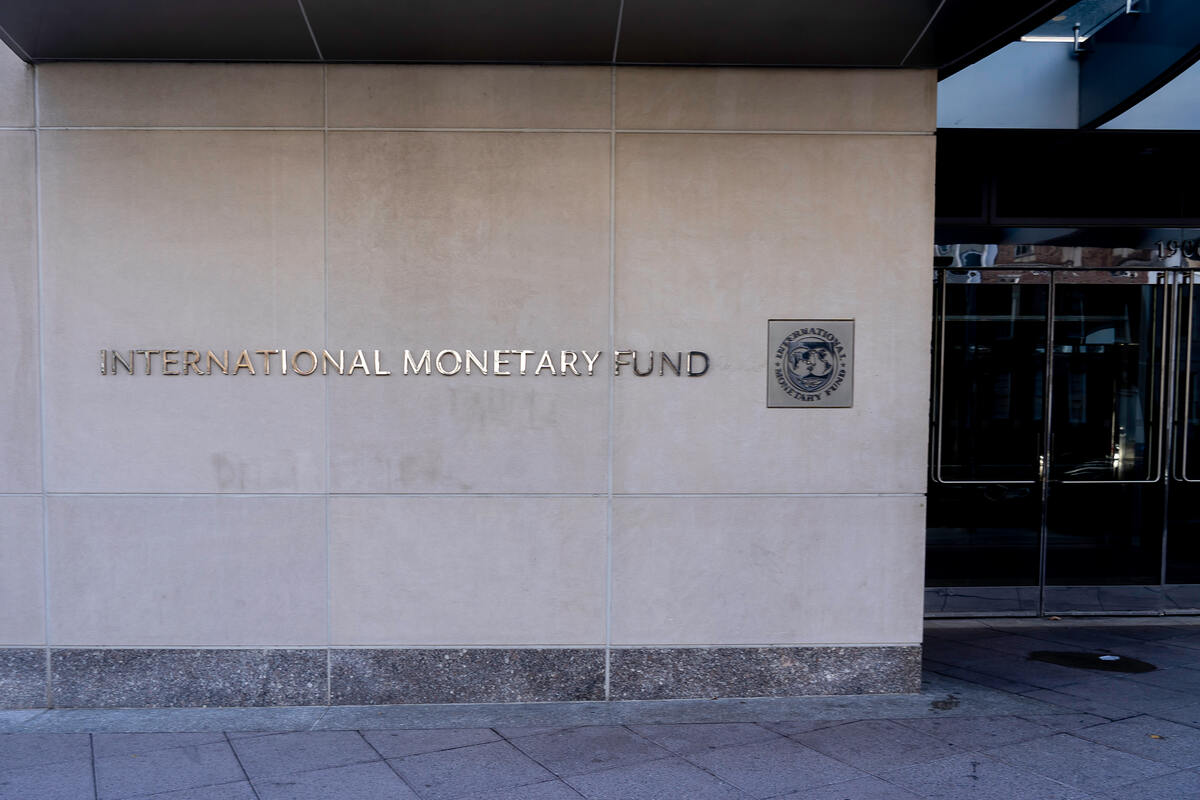Global public debt is projected to rise by an additional 2.8 percentage points to 95.1 percent of global GDP in 2025 and approach 100 percent of GDP by the end of the decade, surpassing the pandemic peak, said the IMF in its latest Fiscal Monitor. Global public debt peaked in 2020 at 98.9 percent of GDP as governments borrowed heavily to deal with the COVID-19 crisis.
More than one-third of countries are expected to see debt increase in 2025 compared to 2024. Collectively, these economies represent about 75 percent of global GDP and include major players like China and the United States.
“Escalating uncertainty and substantial policy shifts are reshaping economic and fiscal outlooks. Major tariff announcements by the United States, countermeasures by other countries, are contributing to financial market volatility, deteriorating prospects, and heightening downside risks,” said the IMF.
Heightened tariff uncertainty raises fiscal policy challenges
Risks to the fiscal outlook have intensified since the October 2024 Fiscal Monitor. Global debt-at-risk three years ahead has increased by 2 percentage points of GDP. In a severe adverse scenario, global public debt could soar to around 117 percent of GDP by 2027, marking levels not seen since World War II and about 20 percentage points above projections for that year.
The report noted that disinflation has stalled in many countries, and already disappointing growth projections have been significantly downgraded, while financial turbulence poses considerable downside risks to growth.
Public finances were already strained, and debt levels were elevated in many countries. Heightened uncertainty regarding tariffs and economic policy, rising yields in major economies and widening spreads in emerging markets are further complicating the fiscal outlook.
Fiscal policy now faces a sharper trade-off between reducing debt, building buffers against uncertainties and accommodating spending pressures, all amidst weaker growth prospects, higher financing costs and heightened risks.
Read: IMF cuts global growth forecast to 2.8 percent as U.S. tariffs surge to century-high
U.S. financial conditions to spill over into emerging markets
Governments’ annual fiscal deficits are forecast to average 5.1 percent of GDP in 2025, compared to 5 percent in 2024, 3.7 percent in 2022 and 9.5 percent in 2020, according to the report. This outlook is based on the IMF’s “reference forecast” for 2.8 percent global GDP growth this year in its latest World Economic Outlook, which includes tariff developments through April 4.
The IMF added that global debt levels may continue to rise as revenues and output decline due to higher tariffs and increasing uncertainty. In addition, geoeconomic uncertainties may further increase public debt by pushing up spending, particularly in defense, especially in Europe.
Meanwhile, tighter and more volatile financial conditions in the United States may spill over into emerging markets and developing economies, increasing financing costs and lowering commodity prices. In addition, limited improvements in fiscal positions could further exacerbate the risks of rising interest rates, at a time when many nations are already grappling with substantial gross financing needs.
“Higher-than-expected interest rates could crowd out essential spending, including social benefits and public investment, while shortfalls in foreign aid further aggravate financing risks in low-income developing countries,” added the IMF.
Higher and persistent fiscal deficits in the United States, weaker-than-expected domestic demand in China, prolonged uncertainty and stagnant productivity growth would also further exacerbate fiscal risks








